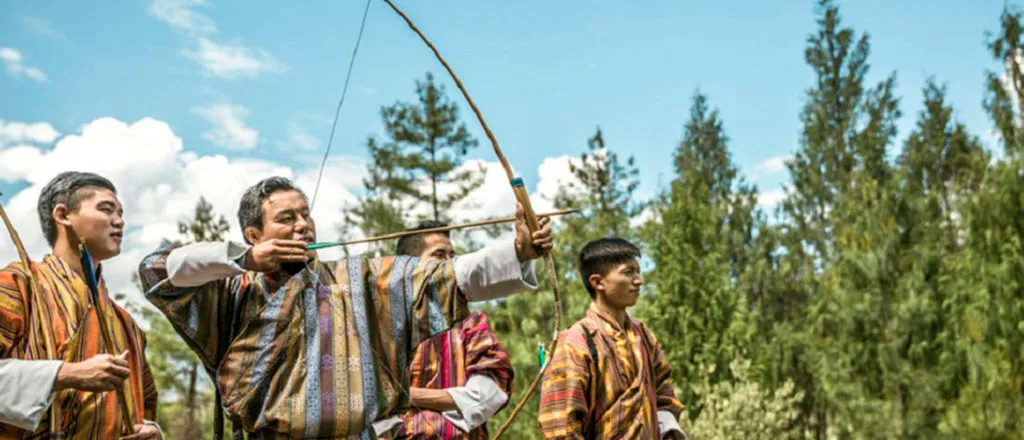Unveiling the Mysteries of Bhutan's Traditional Archery - A Unique Experience
Bhutan's traditional archery is a cultural cornerstone, blending history, spirituality, and communal celebration in vibrant, spirited competitions.
Bhutan, a country known for its stunning landscapes and rich cultural heritage, holds archery in a special place of reverence. Archery, or da in Dzongkha (the national language), is not merely a sport in Bhutan; it is an intrinsic part of the nation's identity and cultural fabric. This article delves into the fascinating world of Bhutan's traditional archery, exploring its historical roots, cultural significance, and the unique experience it offers to both participants and spectators.
Historical Roots
Archery in Bhutan dates back centuries and is intertwined with the nation's history and mythology. Initially used for hunting and warfare, archery evolved into a national sport over time. Legend has it that Bhutanese archers played a crucial role in defending the country from invasions, showcasing not just their skill but also their unwavering spirit. The significance of archery is also reflected in Bhutanese mythology, where deities and heroes are often depicted with bows and arrows, symbolizing protection and strength.
Cultural Significance
Archery is more than a sport in Bhutan; it is a celebration of the country's heritage and communal values. Major tournaments coincide with significant festivals, such as the Tshechu, drawing large crowds who come together to celebrate. The sport embodies the principles of cooperation, camaraderie, and respect for tradition. It is common to see elaborate rituals and ceremonies surrounding archery events, where participants and spectators alike engage in traditional songs, dances, and religious offerings.

The Archery Experience
- The Equipment: Traditional Bhutanese bows, known as zhu, are crafted from bamboo and are markedly different from modern composite bows. Arrows, or da, are often made from bamboo or reeds, with iron or steel tips. The craftsmanship involved in making these bows and arrows is meticulous, reflecting the deep respect for the sport.
- The Field: Unlike standard archery fields, Bhutanese archery ranges are much longer, typically 145 meters (476 feet), which is nearly double the Olympic standard. The targets, known as karay, are wooden planks painted with bright colors, positioned at both ends of the field.
- The Competition: Bhutanese archery competitions are vibrant and social events. Teams of archers, often representing different villages or regions, compete with great enthusiasm. Each successful hit on the target is met with jubilant songs, dances, and verbal exchanges of both encouragement and playful taunting. This spirited atmosphere is integral to the experience, fostering a sense of community and shared joy.
- The Rituals: Before and during competitions, rituals are performed to invoke blessings for good luck and protection. These rituals, often led by local monks or elders, include chanting, offering incense, and placing symbolic items near the archery range. These practices underscore the spiritual dimension of archery in Bhutan.
Participating and Spectating
For visitors, participating in or spectating a traditional Bhutanese archery competition is a unique cultural immersion. Local archery clubs and festivals often welcome tourists to experience the sport first-hand. Engaging with local archers and learning the intricacies of their techniques offers a deeper appreciation of the skill and dedication involved. Spectators are treated to a lively and colorful event, rich with cultural expressions and communal spirit.
Whether as a participant or a spectator, experiencing Bhutanese archery is an unforgettable journey into the soul of this Himalayan kingdom, revealing the profound connections between its people, their heritage, and the land they cherish.







